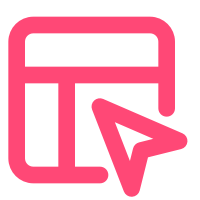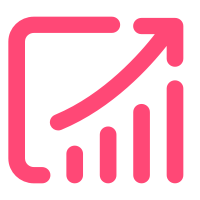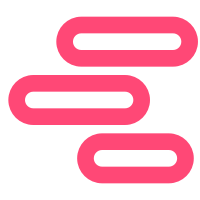For many teams, addressing onboarding at all is a great accomplishment. But once you have dipped your toes into that warm water, what’s next? How about wading in the nuances of different types of onboarding. Specifically: Onboarding new customers vs. onboarding new users of existing customers.
Onboarding New Customers
When people think of onboarding in the B2B world, this is normally what they think about—addressing how to get a new customer up and running with your product. You want to equip that customer with all the skills needed to use your product effectively. Usually, the goals here are simple:
- Get your product set up correctly for their needs
- Teach them the basics of your product

Onboarding New Employees of Existing Customers
In this second scenario, you might have a customer who has been using your product for months or years, and they just hired a new employee or someone switched teams and is now using your product. These new folks also need some love! You now have different goals.
- Teach them the basics of your product
- Help them understand how to manage in a well-trodden/customized UI
What we often see is companies only addressing the new customer case. When they do this, they will either end up trying to onboard new employees of existing customers as if they were completely new customers, or just ignoring new users of existing customers altogether.

This leads to users getting no love at all, or being presented with onboarding tasks that address product setup that has already been done. This is a poor user experience, and can be improved upon greatly.
In Pendo, there are a few ways to solve this:
- You can target specific onboarding tasks at specific account related states. For example, show the “How to setup Salesforce.com integration” can be shown to only CUSTOMERS (accounts in our jargon) that have not yet set up the salesforce.com integration. So disregarding whether that specific user has, or has not done any of the salesforce.com integration, they will not see the onboarding flow if others in their org already have setup the salesforce.com integration.
- You can have a set of onboarding guides targeted at new accounts (for example, account < 60 days old), and a second set of onboarding guides targeted at new users at existing accounts (visitor < 30 days old AND account > 60 days old).
In summary—spend some cycles thinking about what the different types of users are, and what their goals are when they get into the product. I wrote here about one dichotomy, but there are many other possible splits—such as admin users vs. non-admin users. More onboarding tips with custom segments can be found here. Identifying and building towards the specific needs of each user group will greatly increase the effectiveness of your onboarding experience, which will lead to happier users, lower churn, and perhaps some good karma.
Watch our onboarding webinar to learn more about delivering consistent growth with effective onboarding best practices. And subscribe to the Pendo blog for more tips like these delivered right to your inbox every week.


